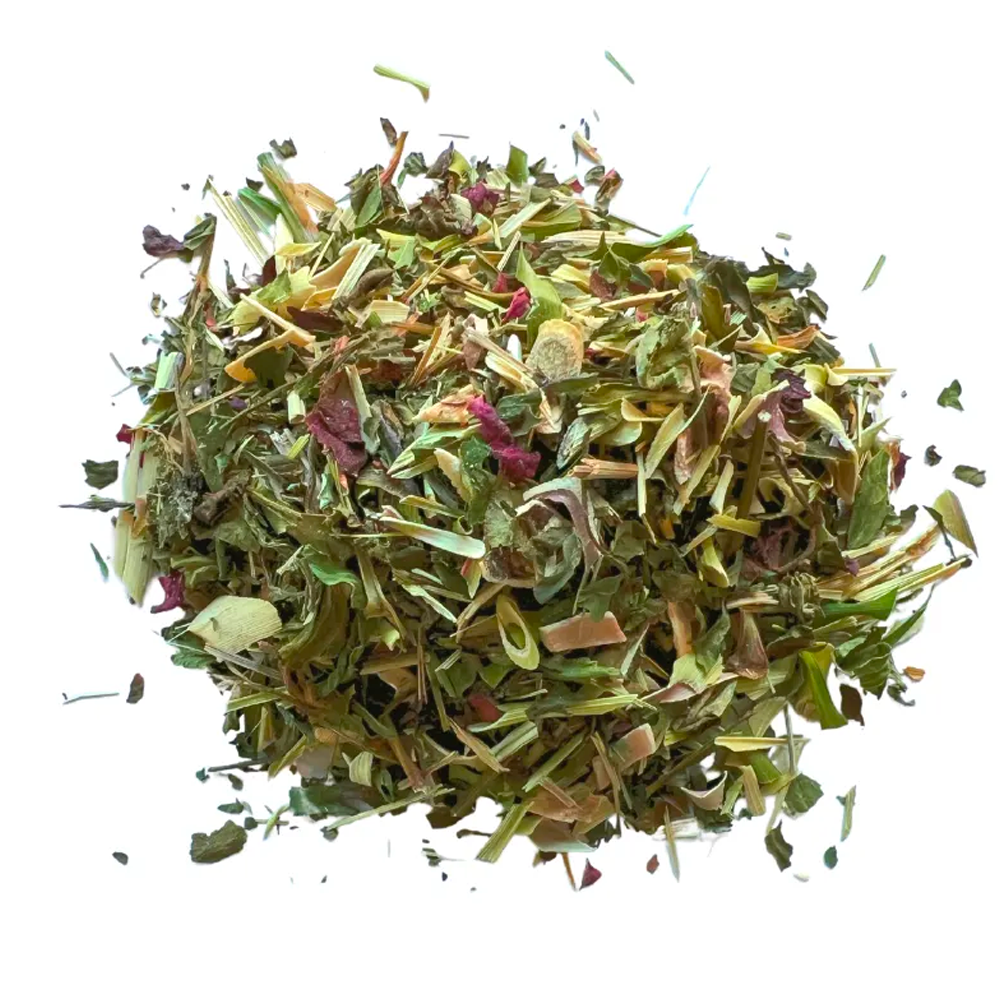Febrile seizures, also known as febrile convulsions, can be a frightening experience for parents. However, it’s essential to remember that they’re quite common in children and typically don’t result in long-term health issues. This blog post aims to offer some crucial facts about febrile seizures based on guidelines from the Centers for Disease Control and Prevention (CDC) and the American Academy of Pediatrics. We’ll also provide some advice for parents on how to care for a child during and after a seizure.
What is a Febrile Seizure?
Febrile seizures are convulsions that occur in young children, typically between 6 months and 5 years of age, triggered by a sudden spike in body temperature, often from an infection or after vaccination. While they can be alarming to witness, they are generally harmless and don’t indicate a more serious underlying neurological condition.
Signs and Symptoms
Symptoms of febrile seizures may include a sudden rise in body temperature, full-body shaking, loss of consciousness, and irregular breathing. The child may also become very stiff or twitch in certain areas, like an arm, a leg, or the face. These seizures are usually brief, lasting less than a minute or two, but they can sometimes last longer.
What Causes Febrile Seizures?
Febrile seizures often occur with fevers above 100.4°F (38°C), usually within the first 24 hours of the child becoming ill. The fever is typically caused by a viral infection, although bacterial infections can also be the cause. It’s important to remember that the seizure is a reaction to the fever itself, not the underlying illness causing the fever.
Treatment Guidelines
-
During the Seizure: The American Academy of Pediatrics advises parents to remain calm and start timing the seizure. Ensure the child’s safety by placing them on a soft surface, like a bed or carpet, away from any objects they might hit. Position the child on their side or stomach to prevent choking. Do not attempt to put anything in the child’s mouth or give fever-reducing medication during the seizure.
-
After the Seizure: Once the seizure stops, bring the child to a healthcare provider as soon as possible for a thorough evaluation to identify the cause of the fever. Keep your child hydrated and monitor them closely.
-
Medication and Long-Term Care: Antipyretic medications like acetaminophen or ibuprofen can help to reduce the child’s fever, but it’s important to note that these don’t prevent febrile seizures. Some children may have recurrent febrile seizures, but these usually stop occurring by the age of 5.
Prevention
Currently, there are no surefire ways to prevent febrile seizures. However, promptly addressing fevers, ensuring your child is up-to-date with vaccinations, and maintaining a healthy lifestyle can help reduce the risk.
Remember, febrile seizures can be a traumatic event for both parent and child, but knowledge and preparation can alleviate some of the stress. Always consult with a healthcare provider if you have concerns about your child’s health. Though febrile seizures can be daunting, most children outgrow them with no adverse effects.
Sources:
- Centers for Disease Control and Prevention (CDC)
- American Academy of Pediatrics
- Complex Febrile Seizures in Children with COVID-19 Infection
- General Characteristics of Children with Single- and Co-Infections and Febrile Seizures with a Main Focus on Respiratory Pathogens: Preliminary Results
- Association Between Iron Deficiency Anemia and First Episode of Febrile Seizures in Children Aged 6-59 Months
- Research Progress of Febrile Seizures in Children
When administering over-the-counter medications like acetaminophen (Tylenol) and ibuprofen to children, it’s important to adhere to the proper dosage guidelines based on the child’s weight. The American Academy of Pediatrics provides the following dosage guidelines, including milliliter amounts for liquid forms of the medication:
Acetaminophen (Tylenol) Dosing Chart
|
Weight (lbs) |
Dosage (mg) |
Liquid (160mg/5mL) |
|
6-11 |
40 |
1.25 mL |
|
12-17 |
80 |
2.5 mL |
|
18-23 |
120 |
3.75 mL |
|
24-35 |
160 |
5 mL |
|
36-47 |
240 |
7.5 mL |
|
48-59 |
320 |
10 mL |
|
60-71 |
400 |
12.5 mL |
|
72-95 |
480 |
15 mL |
|
96+ |
640 |
20 mL |
(To be given every 4-6 hours, but not more than 5 doses in 24 hours)
Ibuprofen (Motrin, Advil) Dosing Chart
|
Weight (lbs) |
Dosage (mg) |
Liquid (100mg/5mL) |
|
12-17 |
50 |
2.5 mL |
|
18-23 |
75 |
3.75 mL |
|
24-35 |
100 |
5 mL |
|
36-47 |
150 |
7.5 mL |
|
48-59 |
200 |
10 mL |
|
60-71 |
250 |
12.5 mL |
|
72-95 |
300 |
15 mL |
|
96+ |
400 |
20 mL |
Please note that these guidelines should serve as a reference and it’s always best to consult your healthcare provider or a pharmacist before administering any medication to your child. If your child is under 2 years old, be sure to consult a healthcare provider before administering over-the-counter medication.










